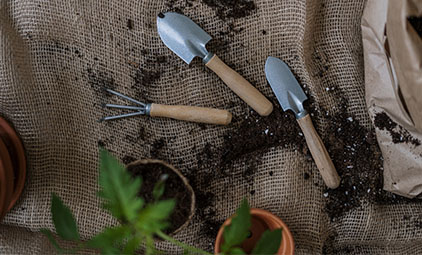In Brief:
Violence perpetrated against women and girls can put them at risk for incarceration by forcing abused girls and women into the criminal justice system not as victims, but as "offenders" in the eyes of the state. The processes that transform victims into offenders are the "criminalization" of women's survival strategies, "entrapment" into crime by abusers and by gender, race and class oppression, and "enforcement violence" by the state through coercive laws, immigration policies, social welfare policies and law enforcement practices.
Six pathways to incarceration are correlated with histories of abuse:
- Abused and runaway girls
- Street women and prostituted women
- Women with untreated addictions
- Women arrested for economic crimes, sometimes coerced by batterers
- Women arrested for harming others, either falsely or for defending themselves
- Women affected by enforcement of discriminatory and coercive welfare, immigration and corrections policies and drug laws.
Research shows that the overwhelming majority of women defendants in the criminal justice system have extensive histories of childhood and adult abuse that may result in homelessness, substance abuse and economic marginality that force them into survival by illegal means. Some women are coerced to engage in crime by battering partners or by partners' financial abuse, some are arrested for defending themselves against abuse, and others are arrested for not protecting their children from domestic violence. Recent changes in welfare, housing, immigration policies, drug enforcement, mandatory arrest, prosecution and sentencing policies further criminalize women's efforts to survive, escape and cope with abuse. Low-income women of color are most at risk for abuse and most at risk for being criminalized, entrapped and forced by abusive policies into the corrections system.
Women under correctional control are primarily poor, unemployed, under-housed, have few employment skills and have untreated addictions and trauma. Women of color, poor women and immigrant women are affected most by harsher law enforcement, sentencing and welfare policies. Welfare and housing policies prevent former drug offenders from receiving benefits.
Recommendations. Advocacy and services on site for women in all parts of the criminal justice system are urgently needed, as is more research to document the pathways from victimizaton to incarceration and to document enforcement abuse. Corrections policies regarding "offenders," drug laws, immigration policies and welfare policies must be re-examined and changed to address the rights and needs of immigrant women, women of color and women trapped in the web of poverty, racism and violence. Outreach efforts, safety and integrated services for women living on the streets, caught up in prostitution and with untreated addictions and trauma, must be developed. The battered women's movement should place women marginalized by abuse, poverty, racism, incarceration and coercive state control at the center of analysis for advocacy, social change and service delivery, and should join with the prison abolition movement to include women in the efforts to decarcerate non-violent inmates.
| Attachment | Size |
|---|---|
| Women’s Experiences of Abuse as a Risk Factor for Incarceration | 58.5 KB |














